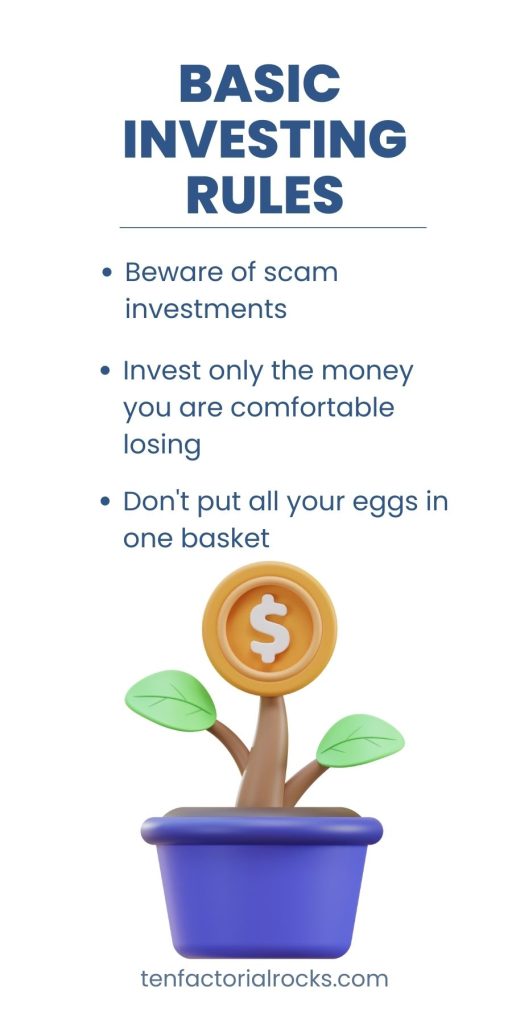Making more money does not automatically imply increasing wealth. While high incomes create opportunities, they also bring temptations. As earnings rise, it becomes easy to upgrade spending habits—new cars, luxury trips, or expensive real estate. This shift, often gradual and unnoticed, is known as lifestyle creep. And it quietly disrupts long-term financial health.
Recent data from PYMNTS Intelligence revealed that one in three individuals earning $200,000 or more still live paycheck to paycheck. Despite earning well above average, many struggle to accumulate lasting wealth. It’s not income that determines financial security—it’s how money gets used.
Understanding the Hidden Impact of Lifestyle Creep

Freepik | kitzcorner | Over time lifestyle creep turns small treats into lasting financial stress.
Lifestyle creep happens when expenses rise to match increased income. While rewarding success makes sense, unchecked upgrades quickly shift from celebration to routine. Over time, small splurges—like frequent fine dining or impulsive purchases—grow into financial obligations.
Without boundaries, wealth doesn’t grow. Instead, income disappears into higher bills and ongoing commitments, creating financial pressure even in high-earning households.
Why Lifestyle Inflation Poses a Real Threat
As income rises, people often upgrade homes, cars, or wardrobes. But instead of building assets, they build liabilities. This pattern leads to financial fragility, especially during downturns.
Those who fall into lifestyle creep face greater risks during:
1. Market shifts or economic slowdowns
2. Industry disruptions or layoffs
3. Personal emergencies like illness or divorce
These moments test the financial cushion—and if lifestyle upgrades replaced savings, recovery gets harder.
Inflation Makes It Worse
Inflation compounds the issue. Basic costs like groceries, gas, and healthcare continue climbing. Even with income increases, purchasing power often shrinks.
Business owners feel the pressure on multiple fronts. Rising wages, supply costs, and overheads all cut into profits. If personal expenses climb alongside business costs, financial strain intensifies. In many cases, even solid revenue growth fails to keep up with inflation-driven expenses.
Social Pressures and “The Joneses” Trap

Freepik | Biodigger | Social pressure often turns smart earners into big spenders chasing false success.
Social media amplifies lifestyle comparison. Curated posts showcase lavish vacations, designer wardrobes, and new homes—often creating unrealistic expectations. This constant exposure pushes people to spend more to feel successful.
The result? People confuse lifestyle upgrades with financial progress. Yet building real wealth rarely involves public display. It depends more on consistency, discipline, and planning than appearances.
How to Stop Lifestyle Creep Before It Starts
Avoiding lifestyle creep doesn’t mean avoiding joy. It means making smart decisions to balance living well now with securing the future.
1. Set Intentional Financial Goals
Establish goals for short-term and long-term priorities. Create clarity around saving for a home, funding retirement, or investing in business ventures. With clear objectives, financial decisions become more focused and less reactive.
Plan Your Rewards—Don’t Let Them Snowball
2. Celebrating success is healthy. However, plan rewards in a way that doesn’t create permanent financial obligations. For instance, enjoy a one-time experience or short vacation, but avoid signing up for ongoing luxury expenses like lease payments or private memberships.
3. Automate Saving and Investing
Automation is a powerful tool against lifestyle creep. Schedule automatic contributions to retirement accounts, emergency funds, and brokerage investments. When money moves automatically, the temptation to spend it fades.
This simple habit elevates savings from an afterthought to a regular routine.
4. Work With Financial and Tax Advisors

Freepik | gpointstudio | Structure your finances and optimize taxes by consulting a financial advisor.
Financial planning brings structure. Tax strategies add efficiency. Meet with a certified financial advisor and a CPA to develop a plan that corresponds with your objectives. Together, they can help:
1. Minimize tax liabilities
2. Optimize investment strategies
3. Allocate surplus income toward productive assets
These conversations often uncover opportunities to grow wealth while reducing waste.
5. Monitor Progress and Stay Accountable
Create regular check-ins with your advisor or accountability partner. Reviewing expenses, goals, and financial performance helps stay aligned. It’s easier to catch early signs of lifestyle creep when you have someone keeping watch.
This system also strengthens motivation and encourages discipline during tempting moments.
When Income Grows, Let Wealth Grow Faster
Earning more opens doors—but it also opens financial traps. Lifestyle creep is subtle, yet its long-term impact can derail even the most ambitious financial plans. The good news? Small changes in awareness and preparation can reverse the trend.
With thoughtful strategies, it’s possible to enjoy income gains without sacrificing future freedom. Save intentionally. Spend with purpose. Protect what truly matters.
Income growth should fuel independence—not financial stress. By controlling lifestyle inflation and prioritizing savings, anyone can build a secure and sustainable future. Now’s the perfect time to turn rising earnings into lasting wealth.

